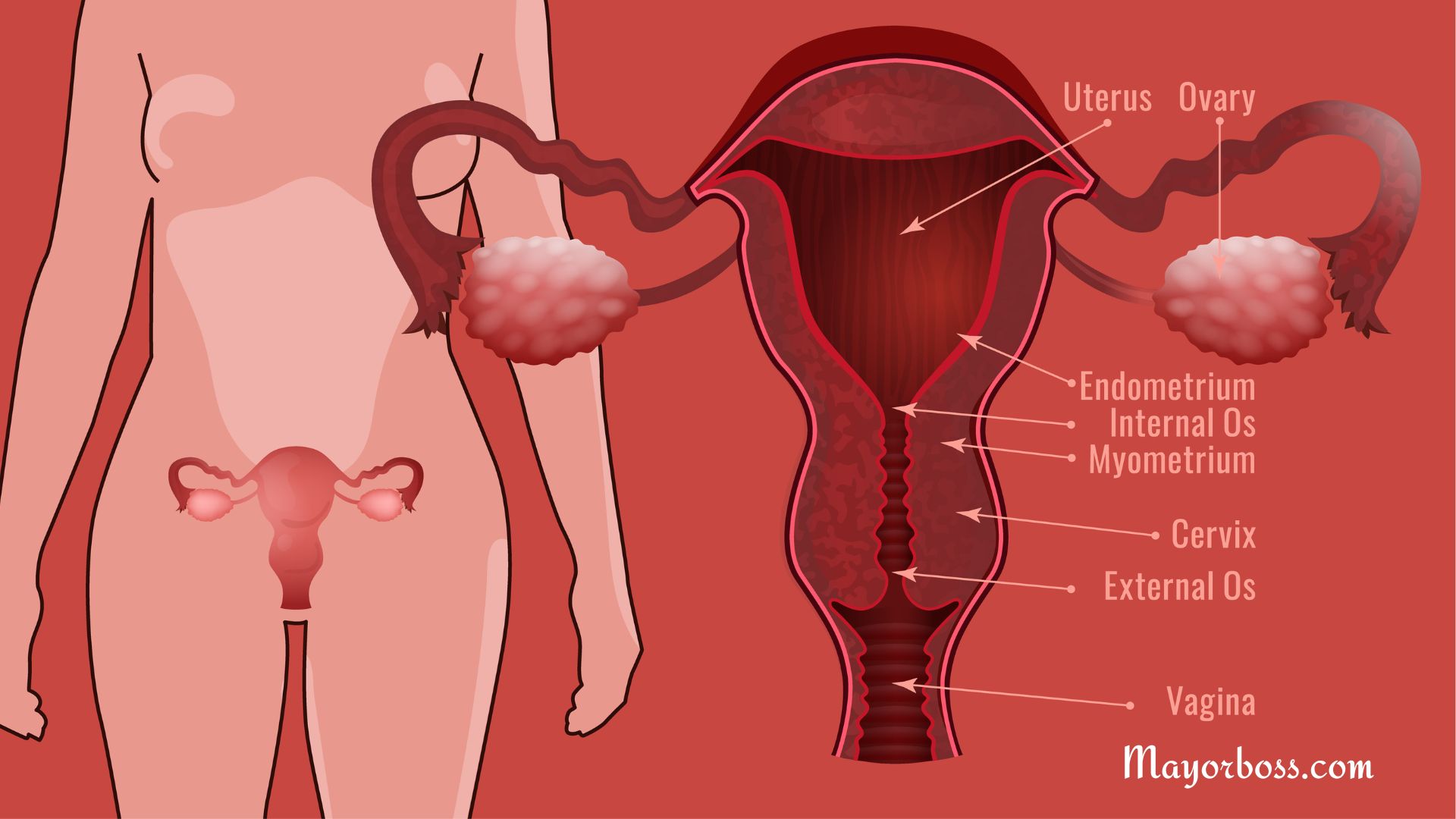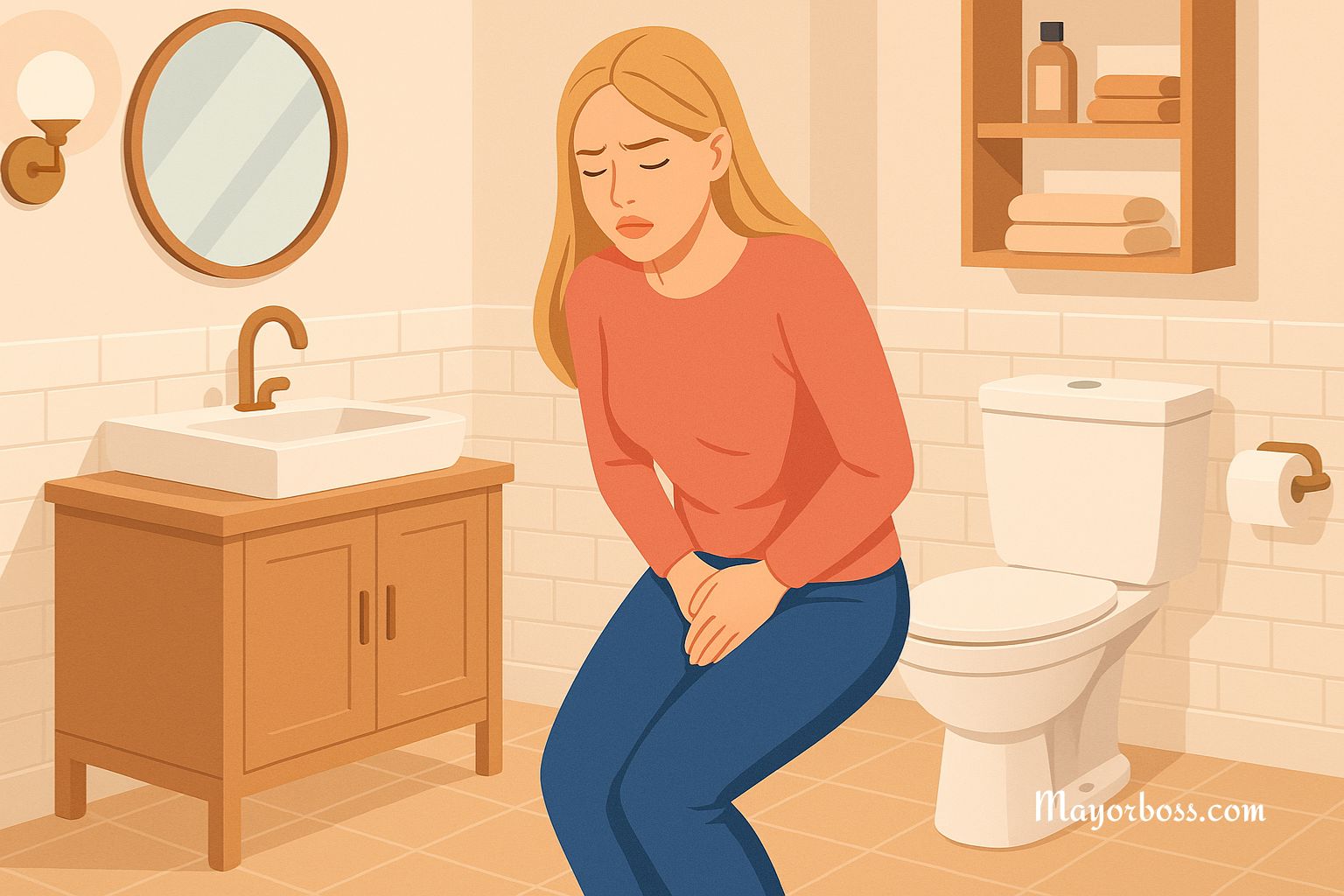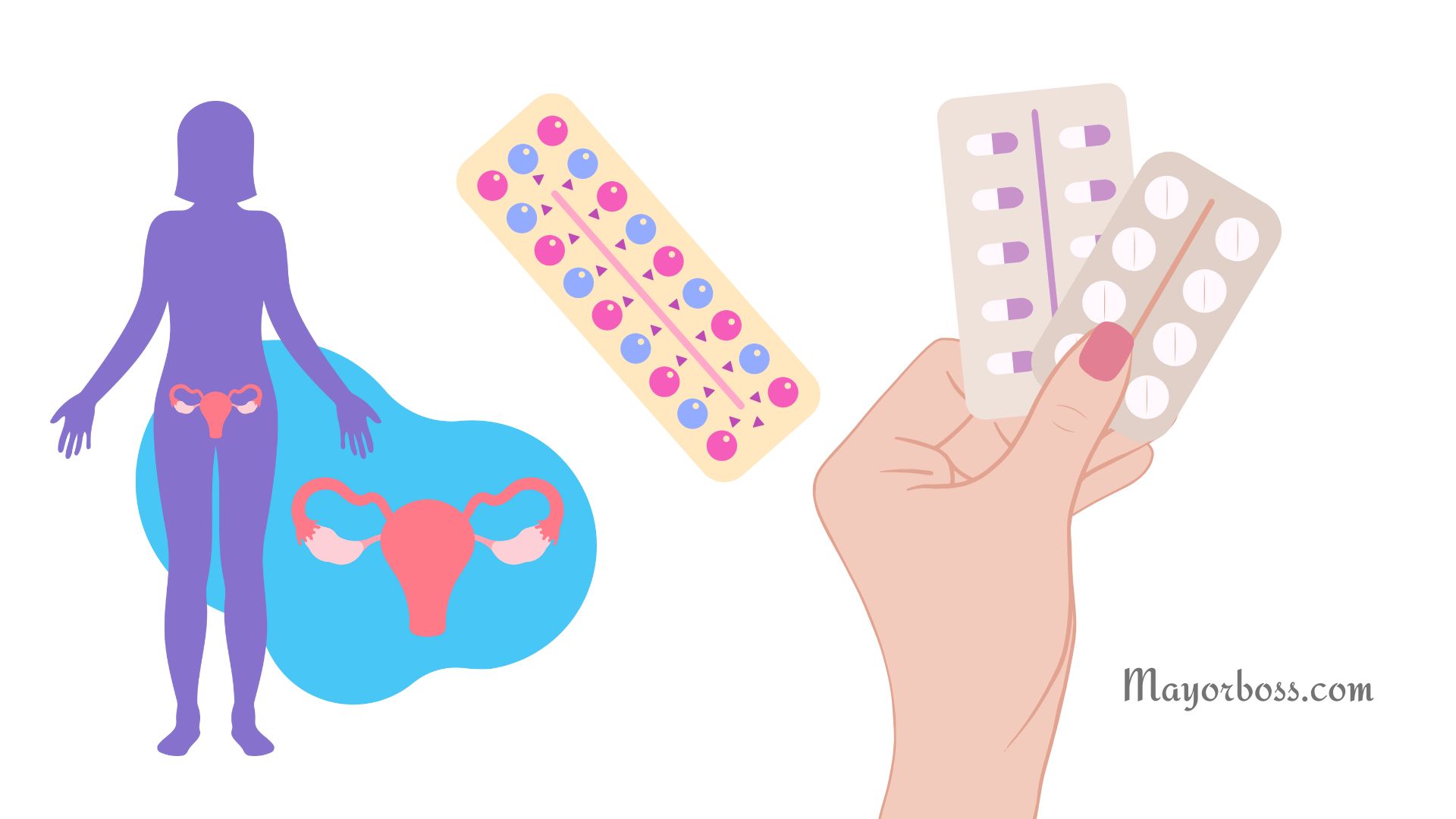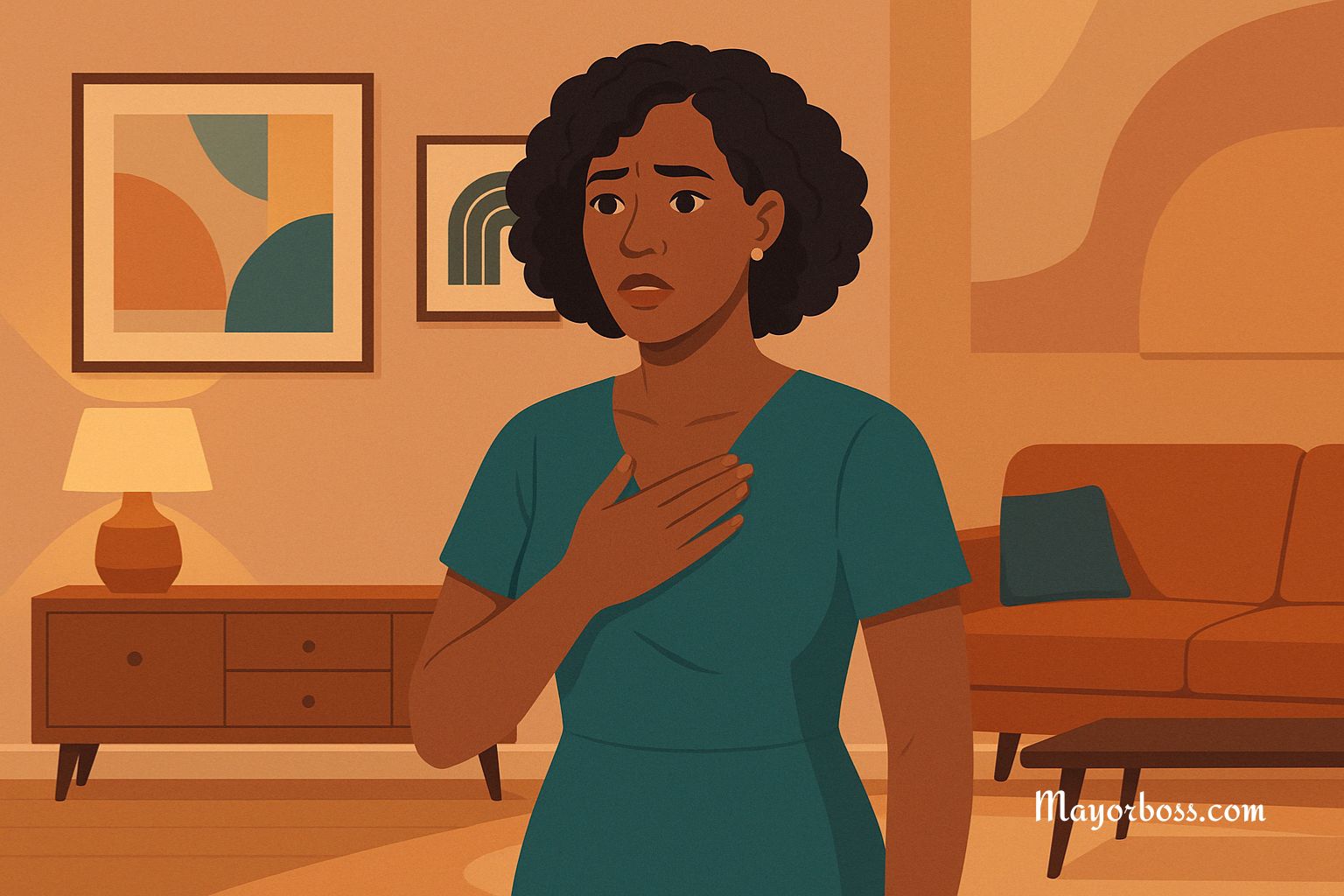Diseases Of The Female Reproductive System Every Woman Needs To Know About
The female reproductive system is important for many reasons, including having babies and regulating hormones. But like any other part of the body, it’s not immune to problems. Conditions such as endometriosis, ovarian cysts, and pelvic inflammatory disease can impact a woman’s health. It’s important to be informed so you can take action if you notice symptoms.

Vaginal Yeast Infections
You might have experienced this at some point—vaginal yeast infections are actually pretty common. They occur when there’s an imbalance of good and bad bacteria in your vagina.
What are the symptoms? Itchy and red genital area, pain during sex, and a thick, white discharge are common signs. It can be pretty uncomfortable, to say the least.
What can you do about it? Over-the-counter antifungal creams are often the first line of defense. But if you’re getting recurrent infections, you may need prescription medication. It’s also a good idea to avoid things that can throw off your natural balance, like scented soaps or douches.
Vulvodynia
Vulvodynia is a condition where you feel chronic pain in the area around the opening of your vagina, but there’s no clear reason why. It’s frustrating because it can make everyday activities like sitting for long periods really uncomfortable.
What are the symptoms? Persistent burning, stinging, or soreness around the vaginal opening are the most common symptoms. Occasionally, the pain comes and goes, but for some, it’s constant.
What can you do about it? Treatment options include medication for pain relief, physical therapy, and even certain dietary changes. Because it can be tricky to diagnose, working closely with a healthcare provider is crucial.
Premenstrual Syndrome (PMS) and Premenstrual Dysphoric Disorder (PMDD)
We often hear jokes about PMS, but the reality is that it can seriously impact your life. PMDD is like PMS but even more severe, affecting your emotional well-being.
What are the symptoms? Mood swings, irritability, and physical symptoms like breast tenderness or bloating are common. In the case of PMDD, these symptoms are severe enough to interfere with daily activities and relationships.
What can you do about it? Over-the-counter medication can alleviate some symptoms like pain. Meanwhile, birth control pills or antidepressants might be prescribed for more severe cases. Additionally, exercise and a balanced diet can offer some relief.

Interstitial Cystitis
This condition affects your bladder and can make you feel like you need to urinate more often. It’s more common in women and can be pretty uncomfortable.
What are the symptoms? You may feel pelvic pain and increased urgency to urinate, even when your bladder isn’t full. It’s often mistaken for a urinary tract infection but doesn’t go away with antibiotics.
What can you do about it? Treatments include medication to control symptoms, physical therapy, and sometimes surgery for extreme cases. Diet changes, such as avoiding acidic or spicy foods, can also help manage symptoms.
Endometriosis
You might have heard of endometriosis, but what is it exactly? Basically, it’s when tissue similar to the lining of your uterus starts growing outside of it. This can cause a lot of pain, especially during your menstrual cycle, intercourse, bowel movements, or urination.
What are the other symptoms? Besides the obvious pain, you could also experience heavy periods, abdominal bloating, depression, anxiety, or even fertility issues. Therefore, it’s crucial to consult a healthcare provider if you experience persistent pain or other symptoms.
What can you do about it? Treatment options usually involve medication or surgery. However, early diagnosis can make a world of difference. According to the National Health Service, hormone therapy can sometimes keep the symptoms in check.
Ovarian Cysts
Another issue you should know about is ovarian cysts. These are fluid-filled sacs that form on or in the ovaries. Most of the time, they’re harmless and go away on their own. But sometimes, they can cause discomfort or even serious pain.
What are the symptoms? Besides pain, symptoms may include bloating, difficulty emptying your bowels, heaviness in your belly, and feeling full quickly when eating. If a cyst bursts, it can cause severe pain and needs immediate medical attention.
What can you do about it? Luckily, most ovarian cysts don’t need treatment. However, if you’re in pain or if the cyst is large, surgery might be recommended. Some people even use birth control pills to prevent new cysts from forming.

Pelvic Inflammatory Disease (PID)
Pelvic inflammatory disease is an infection that can affect your uterus, fallopian tubes, and even your ovaries. Typically, it starts with a bacterial infection, often from sexually transmitted infections like chlamydia or gonorrhea.
What are the symptoms? The tricky thing about PID is that you may not show symptoms right away. However, as time passes, you could have lower abdominal pain, fever, or abnormal vaginal discharge.
What can you do about it? If you think you might have PID, consult a healthcare provider immediately. Antibiotics are usually the go-to treatment for this condition. Early treatment is essential to avoiding complications like infertility.
Uterine Fibroids
Uterine fibroids are non-cancerous growths in the uterus. They often appear during childbearing years, but most people don’t even know they have them. In fact, about 75 to 80 percent of women will be diagnosed with fibroids at some point in their lives, according to Mayo Clinic.
What are the symptoms? These fibroids can cause heavy menstrual bleeding, prolonged periods, and pelvic pressure or pain.
What can you do about it? Your doctor might recommend medication to manage the symptoms. Surgical options are also available, especially for larger fibroids. Lifestyle changes, like diet and exercise, may help too.
Polycystic Ovary Syndrome (PCOS)
Polycystic Ovary Syndrome, better known as PCOS, is a hormonal disorder that’s fairly common among women of reproductive age. It can affect everything from your menstrual cycle to your appearance.
What are the symptoms? Irregular periods, excessive hair growth, acne, and obesity can all be indicators. Additionally, PCOS can lead to fertility issues.
What can you do about it? Treatment typically involves managing symptoms, often with medications like birth control pills to regulate periods or anti-androgen medications to reduce hair growth. Exercise and a healthy diet are also highly recommended.
Gestational Diabetes
Gestational diabetes occurs when your body can’t make enough insulin during pregnancy. It usually goes away after childbirth but does increase your risk for type 2 diabetes later in life.
What are the symptoms? Often, there are no noticeable symptoms. However, some women may notice subtle signs such as peeing more often than usual, dry mouth, Blurred vision, Feeling more thirsty than usual, and genital itching. Gestational diabetes it can lead to complications like high birth weight for the baby.
What can you do about it? Monitoring your blood sugar and maintaining a healthy diet are key steps in managing this condition. Your healthcare provider may also recommend medication if necessary.
Cervical Cancer
Cervical cancer used to be one of the most common causes of cancer death for women. However, routine screenings have made it more detectable at early stages.
What are the symptoms? Sometimes, there aren’t any, which is why screenings are so important. Nonetheless, you might experience irregular bleeding, pelvic pain, or pain during sex.
What can you do about it? HPV vaccines can help prevent most cervical cancers. And remember, regular screenings can catch it early when it’s most treatable. So, make sure you’re keeping up with your healthcare appointments.
Ovarian Cancer
This one is particularly sneaky because the symptoms are often vague and easily mistaken for other conditions.
What are the symptoms? Feeling bloated, quickly feeling full when eating, and frequent urination are some signs. But because they’re so subtle, it’s often diagnosed at a late stage. Learn more about the subtle signs of ovarian cancer.
What can you do about it? Regular check-ups are essential for early detection. In addition, be aware of your family history, as that could increase your risk.
Amenorrhea
Amenorrhea is the absence of menstruation — one or more missed menstrual periods. Women who’ve missed at least three menstrual periods in a row have amenorrhea.
What are the symptoms? The primary symptom is a lack of periods. This can be accompanied by other symptoms depending on the underlying cause, such as hair loss or excess hair growth, headache, or milky nipple discharge.
What can you do about it? Treatment focuses on resolving the underlying condition. Hormonal treatments can be effective, and lifestyle changes like weight loss or stress management can also play a significant role.

Vaginismus
Vaginismus involves an involuntary muscle spasm of the pelvic floor muscles that surround the vagina, making intercourse or any form of vaginal penetration painful or impossible.
What are the symptoms? Pain during sexual activity is the most notable symptom, often described as a stinging or burning sensation.
What can you do about it? Physical therapy and counseling are commonly used treatments. In some cases, dilators are used to gently stretch the vaginal opening.
Hypothyroidism
Although not limited to the female reproductive system, hypothyroidism can impact it significantly. This condition occurs when your thyroid gland doesn’t produce enough hormones, affecting your metabolism and, consequently, your menstrual cycle.
What are the symptoms? Symptoms include feeling tired all the time, weight gain, slowed heart rate, depression, and heavy or irregular menstrual periods. If left untreated, it can also lead to problems with fertility.
What can you do about it? Typically, a medication that replaces the missing thyroid hormones can manage the condition. It’s also important to have regular check-ups to monitor your hormone levels.
Lichen Sclerosus
This rare condition affects the skin around the genital and anal areas but is most commonly seen in postmenopausal women.
What are the symptoms? White, shiny patches on the skin that can lead to bruising, blistering, or even tearing are key signs to look out for.
What can you do about it? Steroid creams are usually the go-to treatment. In severe cases, surgery may be required to remove affected skin.
Breast Cancer
Breast cancer isn’t limited to the reproductive system, but it certainly affects women’s overall health. It’s one of the most common types of cancer among women worldwide.
What are the symptoms? A lump in the breast, changes in breast shape, dimpling of the skin, and red scaly patches are some of the signs you should be on the lookout for.
What can you do about it? Regular mammograms are essential for early detection. If diagnosed, treatments can include surgery, chemotherapy, and radiation therapy. Lifestyle changes, such as maintaining a healthy diet and exercise regimen, can also be supportive.
Bartholin’s Cysts
Bartholin’s glands are located on either side of the vaginal opening and help with lubrication. Sometimes, these glands can get blocked, forming a cyst.
What are the symptoms? It’s often painless, and you may not even realize you have one. However, if it gets infected, it can become an abscess and be quite painful.
What can you do about it? Smaller cysts might resolve on their own. Larger or painful cysts might need to be drained, often requiring a minor surgical procedure.
Galactorrhea
Galactorrhea is a condition characterized by the unexpected discharge of milk-like substances from your nipples, even if you’re not pregnant or breastfeeding.
What are the symptoms? The primary symptom is unexpected milk discharge, which can occur in one or both breasts.
What can you do about it? The treatment focuses on addressing the underlying cause, which could range from medication side effects to hormonal imbalances. A thorough examination by your healthcare provider is essential for an accurate diagnosis.
Ovarian Torsion
The Twisted Tale This is a severe condition where an ovary twists around its supporting tissues, potentially cutting off blood supply to the ovary and fallopian tube.
What are the symptoms? Sudden, severe pelvic pain, along with nausea and vomiting, are signs that you should seek immediate medical attention.
What can you do about it? This is a medical emergency that often requires immediate surgery to untwist the ovary and restore blood flow. The sooner it’s treated, the better the chances for preserving the ovary.
With all these conditions in mind, it’s essential to listen to your body and seek professional advice if something doesn’t feel right. Keeping regular appointments for check-ups and screenings can help catch many of these issues early, making treatment more straightforward and effective.






